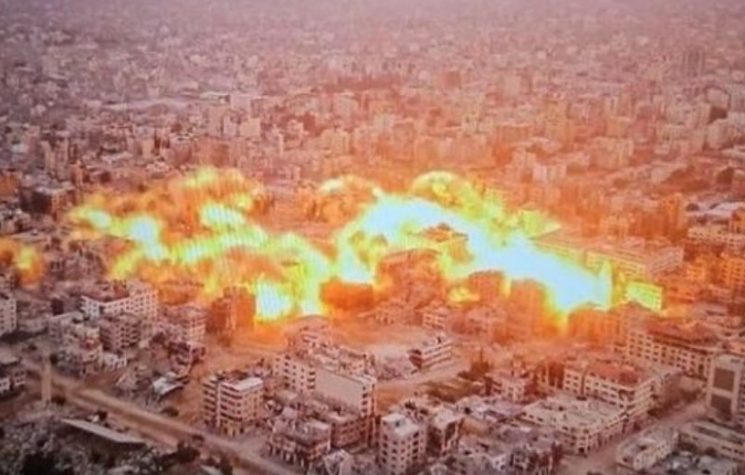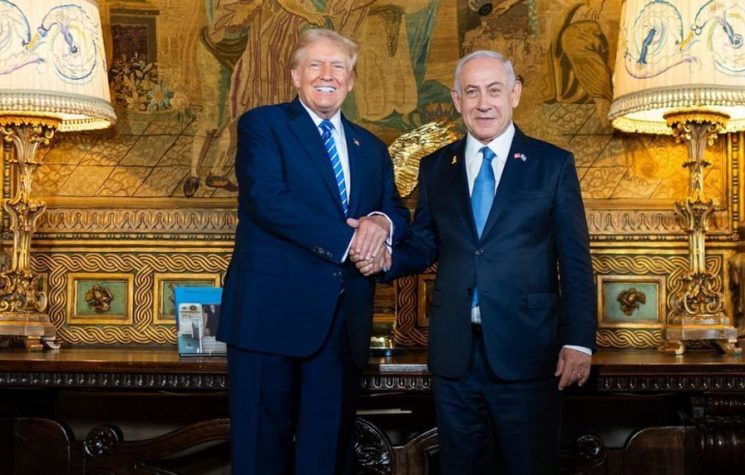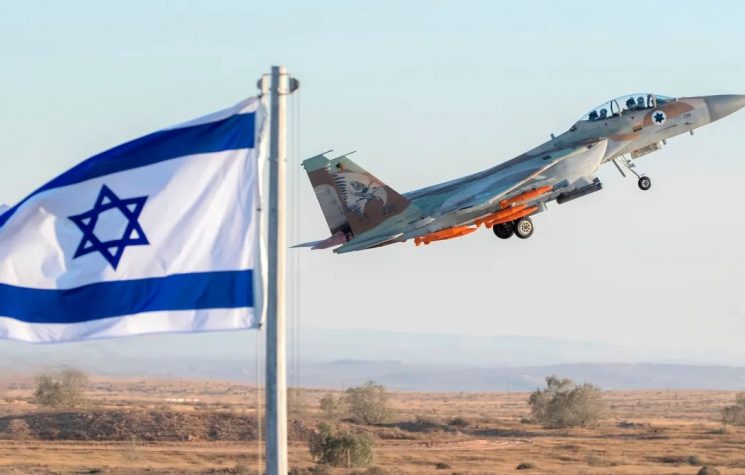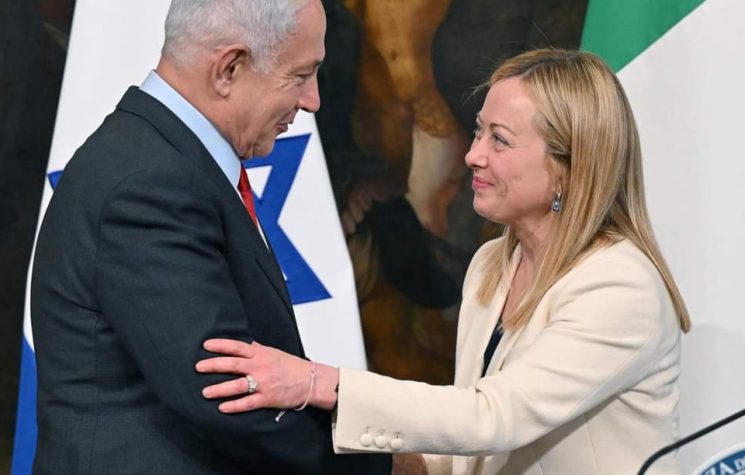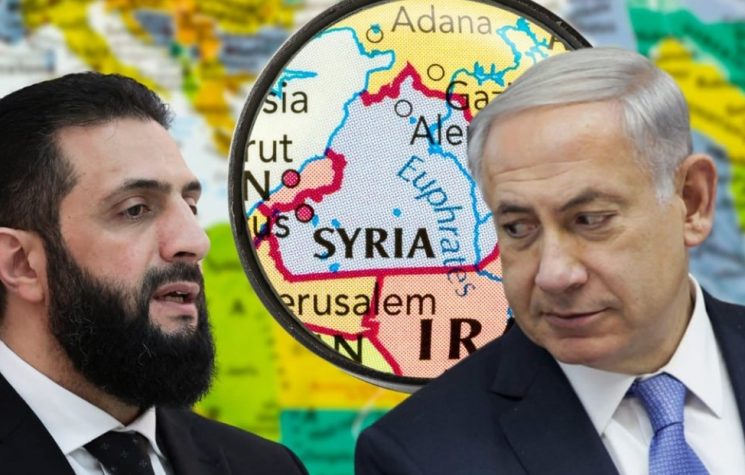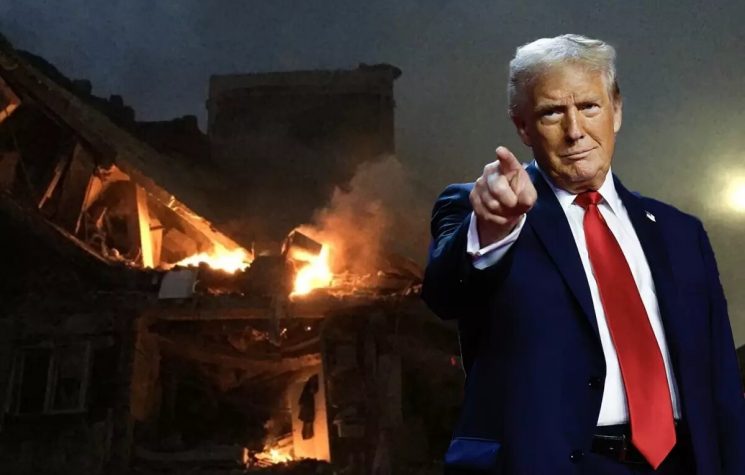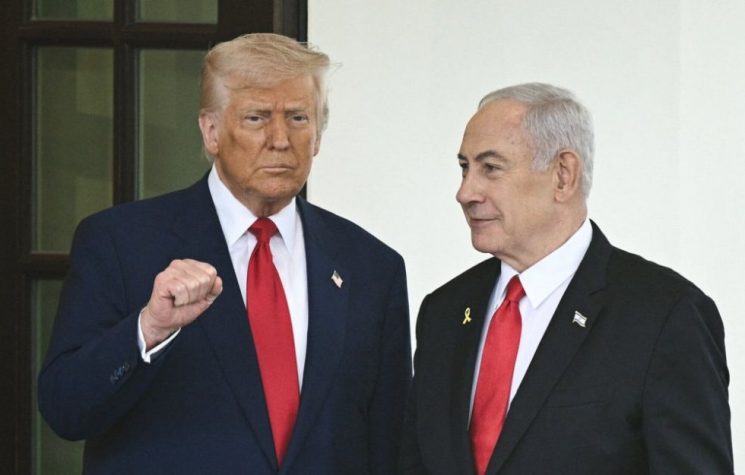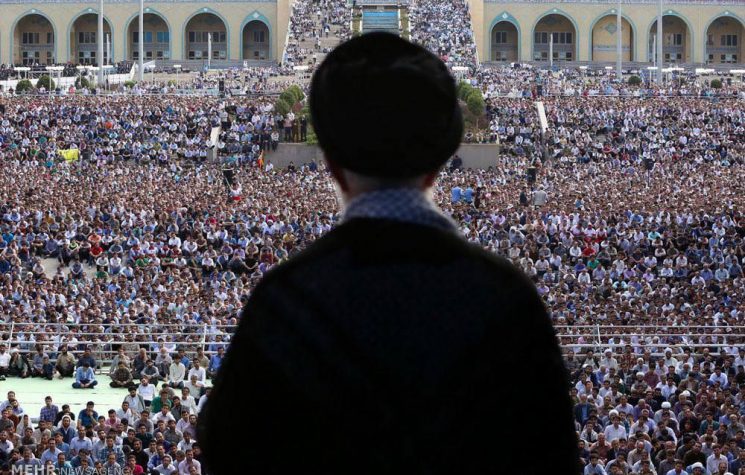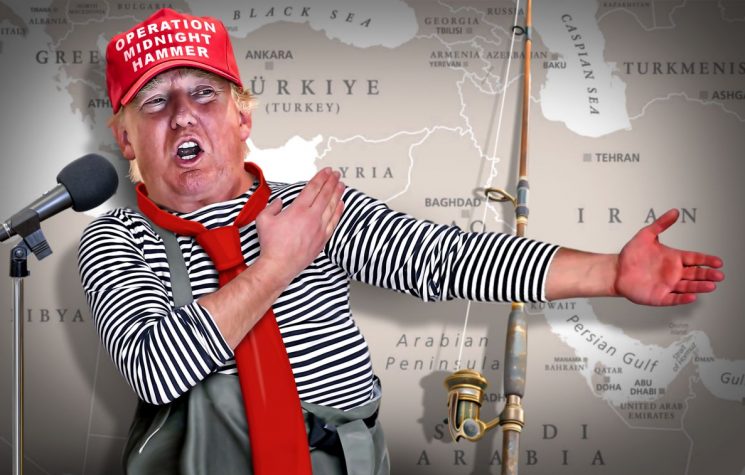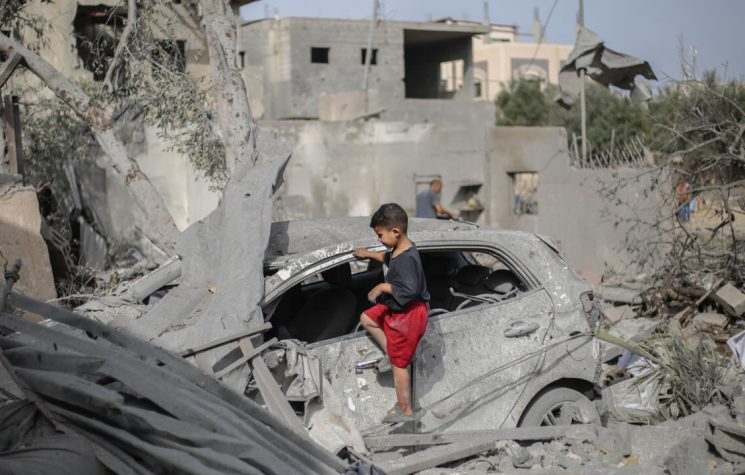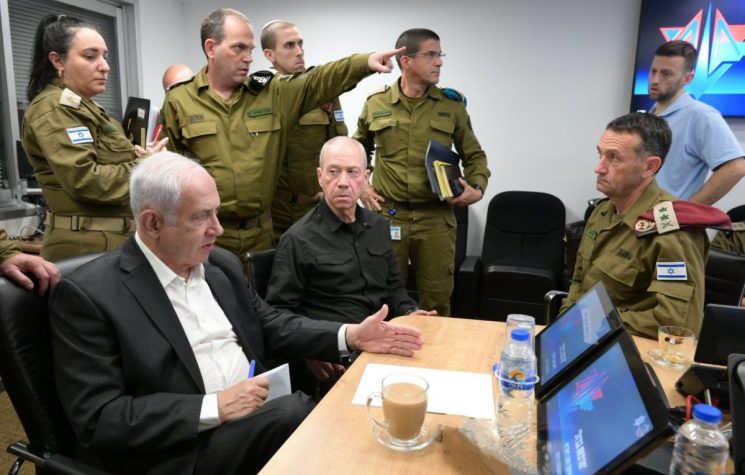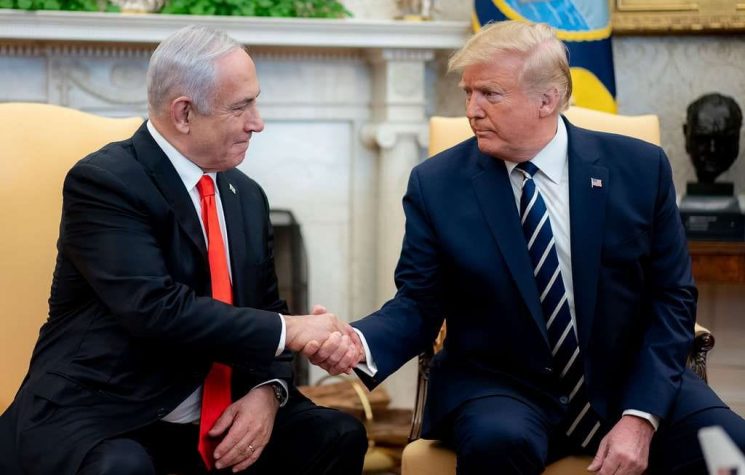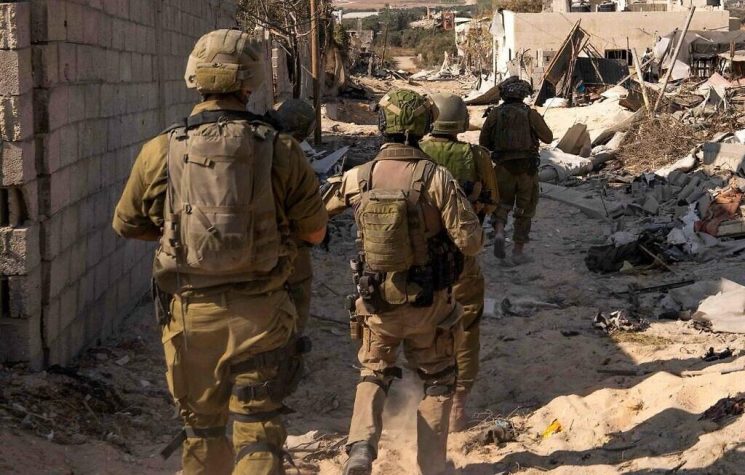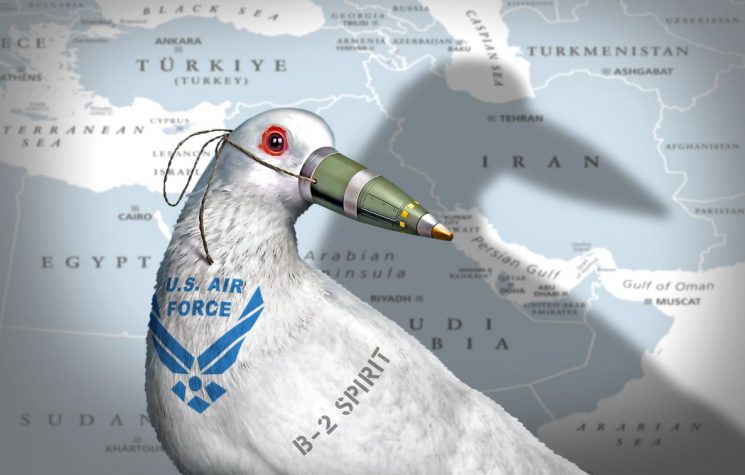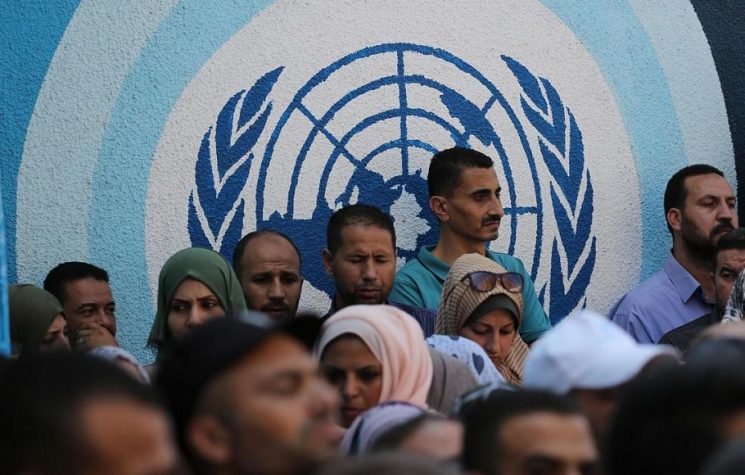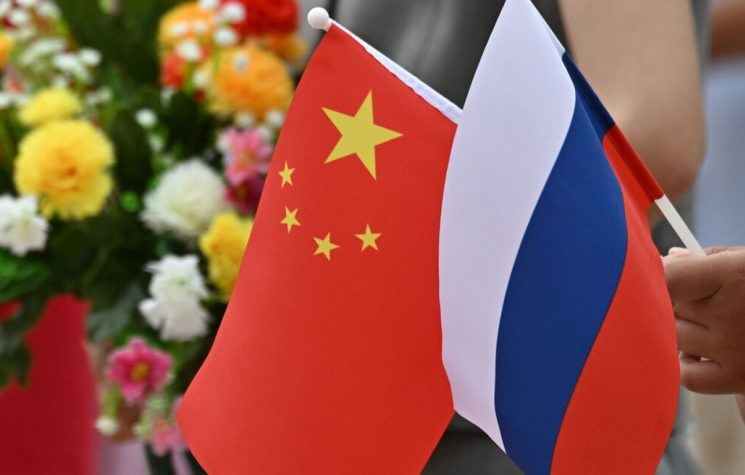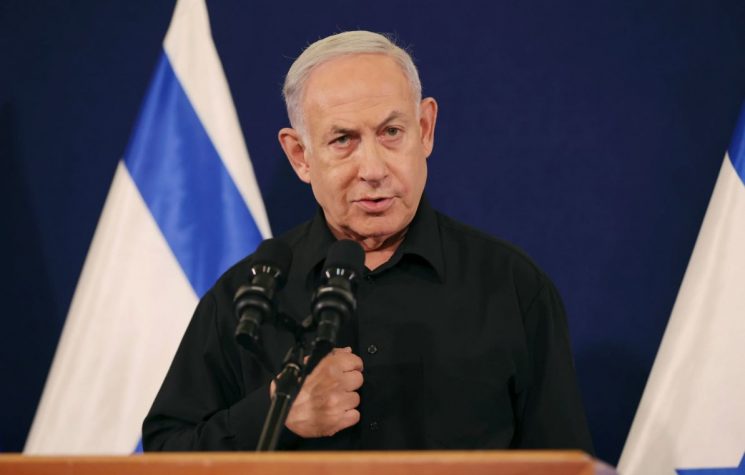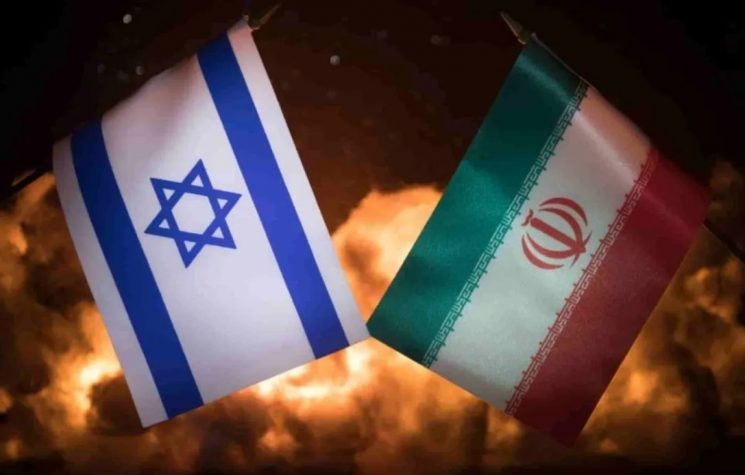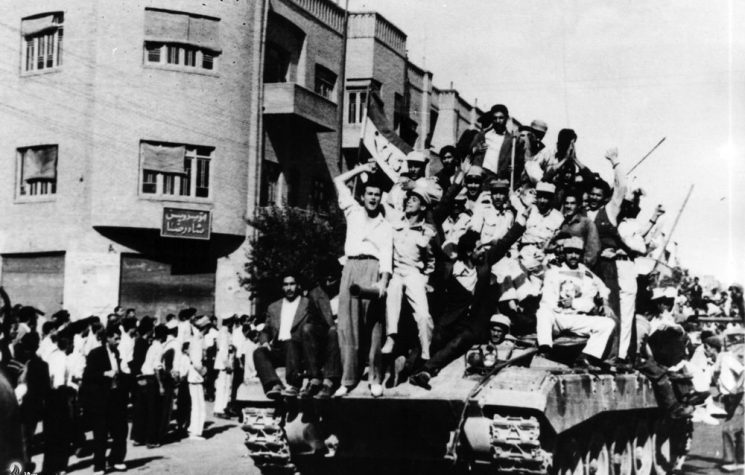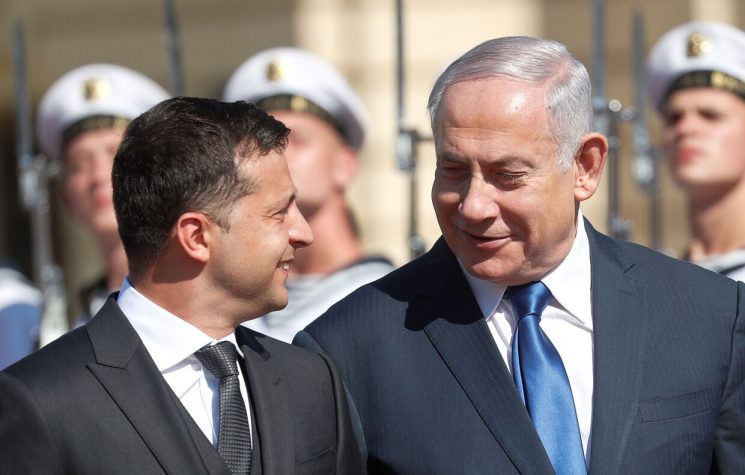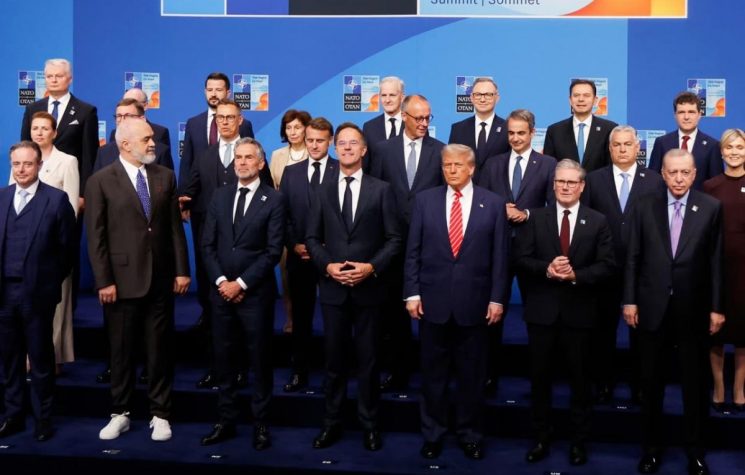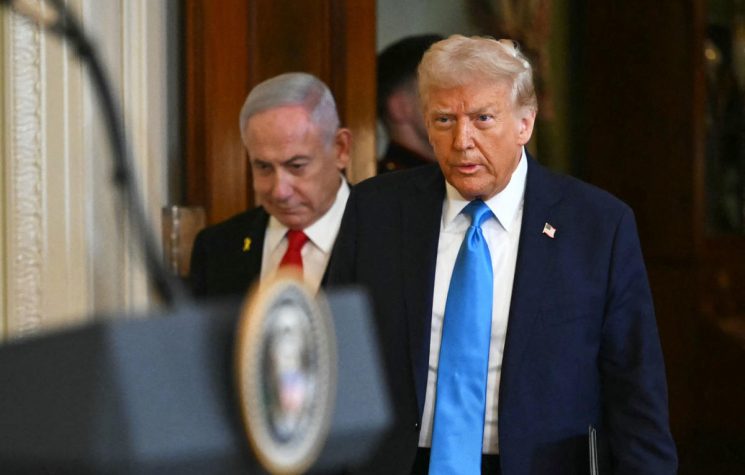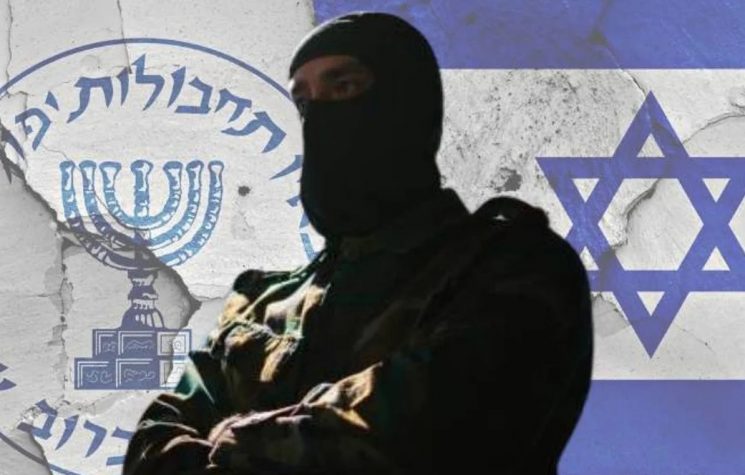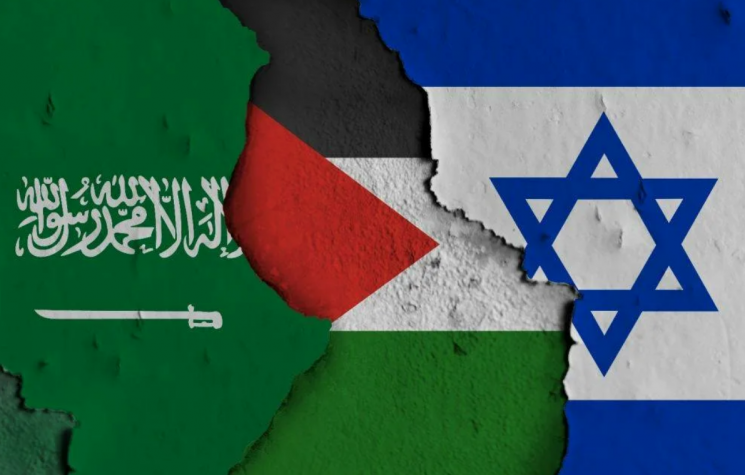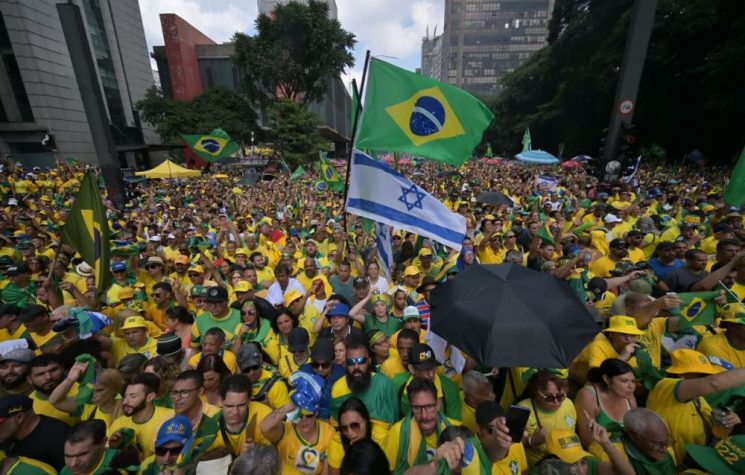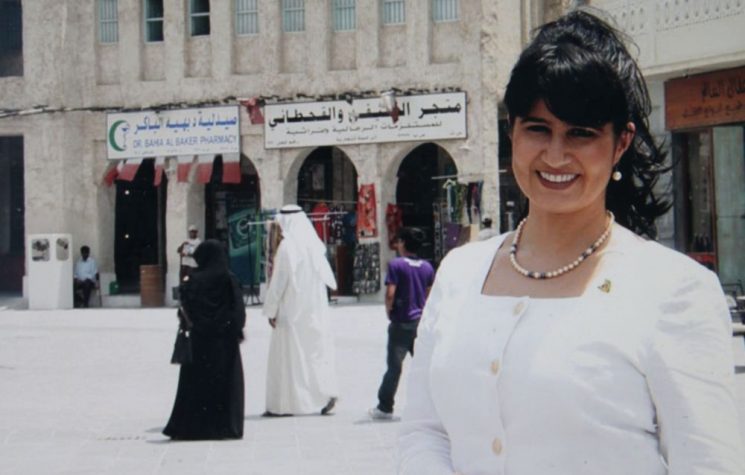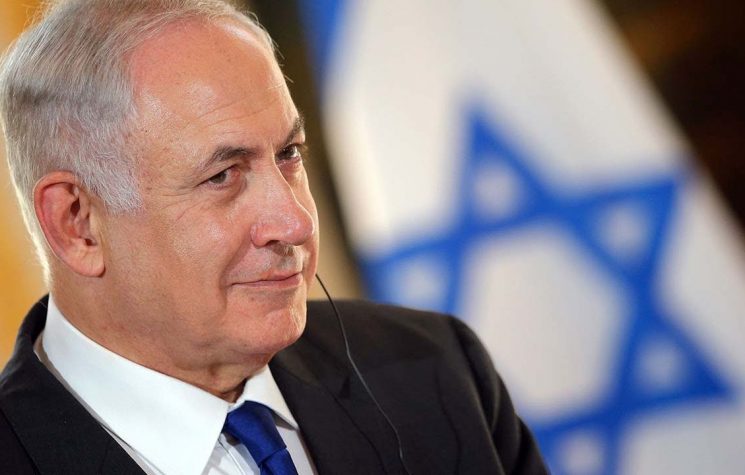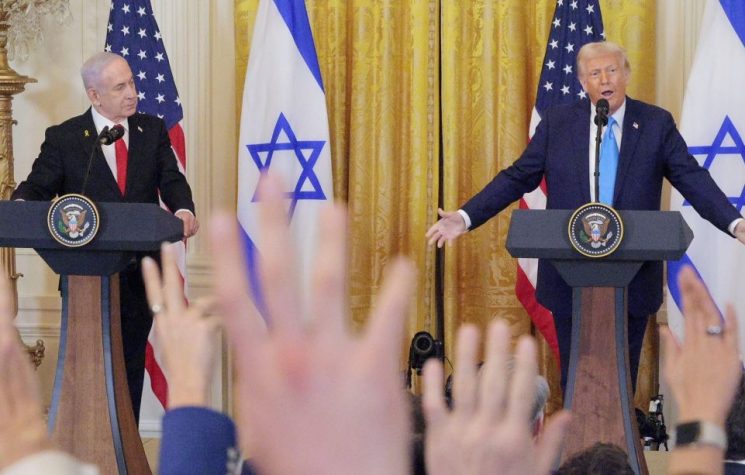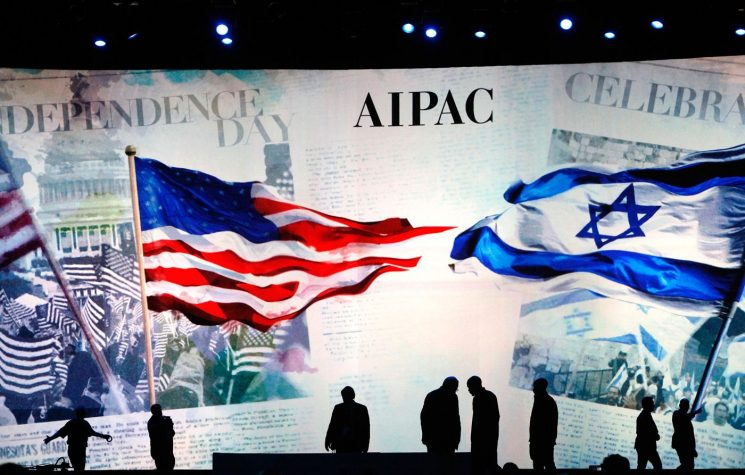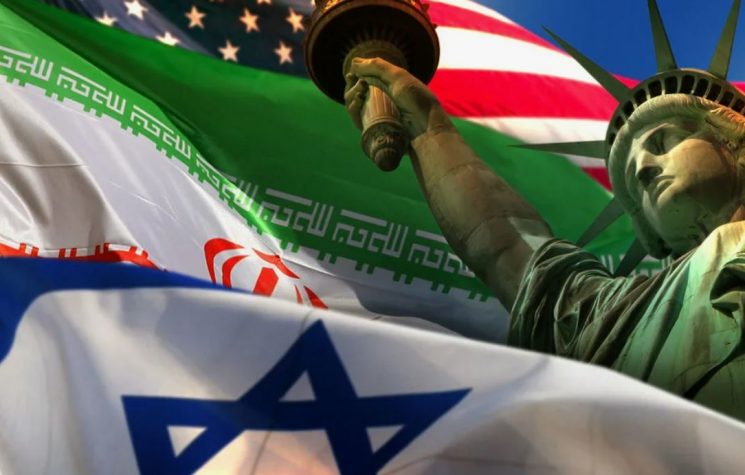Is this punishment on Gaza’s civilian population, prompted by desire for vengeance? Or is it an outpouring of eschatological rage and determination?
❗️Join us on Telegram![]() , Twitter
, Twitter![]() , and VK
, and VK![]() .
.
Contact us: info@strategic-culture.su
The point about the Gaza crisis is that should everyone agree to stick their head in the sand and ignore the ‘elephant in the room’, it’s easy enough so to do. The meaning to a severe crisis is only properly understood when someone notices ‘the elephant’, and says look out; there’s an elephant stamping here. That’s where we are today. Slowly, the West is beginning to take notice. The rest of world however, is transfixed by it, and is being transformed by it.
What is the ‘elephant’ (or elephants) in the room? Blinken’s recent regional diplomacy was ‘a bust’. None of the regional leaders that Blinken met would talk further about Gaza beyond demanding stridently, ‘no Palestinian population displacement into Egypt’ a ‘stop to this madness’ – the carpet bombing of Gazans – and the demand for an immediate ceasefire.
And Biden’s calls for a ‘pause’ – softly, at first, and the more strident now – is being bluntly ignored by the Israeli government. The spectre of President Carter’s impotence during the Iran hostage crisis hangs ever more soberly in the backdrop.
The truth is that the White House cannot force Israel to do its will – the Israeli lobby holds the more clout in Congress than any White House team. Thus, ‘no exit’ from the Israeli crisis is readily to be seen. Biden ‘made his bed’ with the Netanyahu cabinet and must live with consequences.
Impotence then, as the Democratic Party fractures beyond the simplistic division between centrists versus progressives. The polarisation emanating from the ‘no ceasefire stance’ is having stark destabilising effects on politics, both in the U.S. and Europe.
Impotence then, as the shape of the Middle East crystallises into sharp antagonism towards the West’s perceived accommodation of the mass slaughter of Palestinian women, children and civilians. The die may be too far ‘cast’ to brake the ongoing tectonic reset already underway. Western double standards are just too inescapably obvious now to the Global Majority.
The large ‘elephant’ is this: Israel has dropped more than 25,000 tons of high explosives since 7 October (the 1945 Hiroshima nuke was 15,000 tons equivalent). What exactly is Netanyahu and his war cabinet’s aim here? Ostensibly, the earlier military operation in Jabalia Camp was about targeting a Hamas leader suspected of lurking under the camp – but six 2,000 lb bombs for one Hamas ‘target’ in a crowded refugee camp? And why too the attacks on water cisterns, hospital solar energy panels and hospital entrances, roads, schools and bakeries?
Bread has almost disappeared in Gaza. The UN says all bakeries in northern Gaza have closed following the bombing of the last bakeries. Clean water is desperately short, and thousands of bodies are slowly decomposing under rubble. Disease and epidemic are appearing, whilst humanitarian supplies are being tightly restricted as a bargaining tool toward further hostage releases..
Editor of Haaretz, Aluf Benn, puts the Israeli strategy very plainly:
“The expulsion of the Palestinian residents, transformation of their homes into piles of construction rubble, and the restriction of the entry of supplies and fuel into Gaza are the “tiebreaking move” employed by Israel in the current conflict, unlike all previous rounds of fighting in the Strip”.
Of what are we talking here? This clearly is not about avoiding collateral civilian deaths occurring as the IDF battles with Hamas. There have been no street battles in Jabalia, or in and around the hospitals – as one soldier commented: “All we’ve done is ride around in our armored vehicles. The boots on the ground stuff will come later”. The pretext of a ‘humanitarian evacuation’ therefore is bogus.
Hamas’ main forces are sitting deep underground, for the right moment to engage the IDF (i.e. when they are on foot amidst the rubble). For now, the IDF are staying in their tanks. But sooner or later, they will have to engage with Hamas on foot. So, the fight with Hamas has barely begun.
Israeli soldiers complain that they ‘barely see’ Hamas fighters. Well, that is because they are not present at street level, except in one or two-man raiding parties that exit the underground tunnels to attach an explosive device to a tank, or to fire a rocket at it. The Hamas operatives then quickly return to the tunnel from which they emerged. Some tunnels are constructed only for this purpose – as ‘once and done’ structures. As soon as the raiding soldier returns, the tunnel is collapsed so that Israeli forces cannot enter or follow. New ‘throw-away’ tunnels are continually being constructed.
You will not find any Hamas fighters in the Gaza civil hospitals either; their own hospital is in the main facilities deep underground (along with dormitories, stores to last several months, armouries and excavating equipment to dig new tunnels). And the Hamas cadre is not to be found in the basements of the main Gaza hospitals.
Haaretz defence correspondent, Amos Harel, writes that Israel is only now coming to understand the scope and sophistication of the underground Hamas facilities. He acknowledges that the ‘military brass’ – unlike the cabinet circles – “is not talking about eradicating the seed of Amalek” (a biblical reference to the extermination of the Amalek people) – i.e. genocide. But even the IDF military leaders are not sure about their ‘end-purpose’, he notes.
So, the Elephant in the room for inhabitants of the Middle East – watching the destruction of the above-ground, civil structure – is what exactly is the objective of this killing? Hamas are deep below the ground. And although the IDF claims many successes, where are the bodies? We don’t see them. The bombing therefore must be to force an evacuation of civilians – a second Nakba.
And the intent lying behind the expulsion? Benn says it is to create a sense that they will never return home:
“Even if some cease-fire is soon declared under American pressure, Israel will be in no hurry to withdraw and allow the population to return to the northern Strip. And if they do come back – what will they come back to? After all, they will have no homes, streets, educational institutions, shops or any of the infrastructure of a modern city”.
Is this punishment on Gaza’s civilian population, prompted by desire for vengeance? Or is it an outpouring of eschatological rage and determination? No one can say.
This is the ‘Elephant’. And on its clarification hangs the issue of whether the U.S. too will be tainted by a crime. On this clarification, hangs whether some sustained diplomatic accommodation can be found, or not (if Israel is indeed returning to Biblical, eschatological root-justification).
It is this issue which will come to haunt Biden personally, and the West collectively in the future. Whatever timeline Biden may have had in mind, time is rapidly slipping away from him, amid rising international outrage, as the focus of the Israel-Gaza conflict is now primarily centred around Gaza’s humanitarian crisis, and no longer the 7 October attack.
It may seem implausible, yet Gaza, with an area of only 360 sq. kms is determining our global geo-politics. This sliver of land – Gaza – also, to an extent, controls what comes next.
“We will not stop”, Netanyahu has said; “there will be no ceasefire”. Whilst, in the White House, an Administration insider admits:
“They’re watching a train wreck, and they can’t do anything about it. The train wreck is in Gaza, but the explosion is in the region. They know [they can’t] actually stop the Israelis from what they’re doing”.
Time is running out. And this precisely is the obverse side to the ‘elephant paradox’. But how much time is there before time runs out? That is a moot question.
This obverse side to the conundrum appears to have caused confusion in the West, and in Israel too. Did Seyed Nasrallah’s speech last Sunday lower the risk of war widening beyond Israel, and thus imply that ‘time’ might be more flexible, and give more space for White House deconflicting? Or did it send a different message?
Just to be clear: It did answer the question of whether WW3 was about break-out. Nasrallah was clear that full regional war is not sought by any member of the united resistance front. Yet ‘all options remain on the table’, contingent upon U.S. and Israel future moves, Nasrallah underlined.
The following context to Nasrallah’s address is vital to its full understanding. On this occasion, uniquely, his speech reflected wide consultation amongst all axis ‘fronts’. There were, in short, multiple consultations and inputs to its final shape. The address therefore did not reflect the singularity of Hizbullah’s position alone. This is why it is possible to say there is a consensus against rushing headlong into all-out regional war.
The address, as a composite work, was highly nuanced – which might account for some mis-conceptualisations. As usual, the MSM just wanted ‘the key takeaway’. So, ‘Hizbullah did not declare war’ became the easy, to-hand ‘take-away’.
The first essential point from Seyed Nasrallah’s address nonetheless, was that he effectively made Hizbullah the ‘guarantor’ of Hamas’ survival (specifically, identifying Hamas by name, rather than referring to ‘the resistance’ as a generic entity).
Hizbullah therefore restricts itself, for the interim, to (undefined) and limited operations on the Lebanese border environs – so long as Hamas’ survival is not at risk. The Party nonetheless promises to directly intervene in some way, should Hamas’ survival be imperilled.
This is a ‘red line’ that will worry the White House. Clearly, Netanyahu’s objective of the extirpation of Hamas runs directly counter to Hizbullah’s ‘red line’, and risks the direct engagement of Hizbullah.
However, the ‘strategic shift’ in this key policy statement on behalf of the full Axis is the shift to perceiving U.S. foreign policy in the Middle East as keystone to the Region’s ills.
Instead of perceiving Israel as author of the present crisis, the latter was down-graded by Nasrallah, from independent actor, to that of being but one U.S. military protectorate, among others.
In plain terms, Seyed Nasrallah directly challenged not just the occupation of Palestine, but the U.S. in the round, as ultimately at the root of what has befallen the region – from Lebanon, Syria, Iraq to Palestine. In some respects, in this respect, Nasrallah echoed President Putin’s 2007 Munich warning to a West which was in the process of massing NATO forces on Russia’s borders. Putin’s riposte at that time was: “Challenge accepted”.
So too, as the U.S. masses significant naval marine forces around the Region – to ‘deter Hizbullah and Iran’ – but the latter declined to be deterred. Nasrallah said of the U.S. warships: “We have prepared for them something” (and later in week the Party unveiled its shore-to-ship missile capabilities).
The bottom line is that a united front of states and armed actors are warning of a wider challenge to U.S. hegemony. They effectively are saying, ‘Challenge accepted’ too.
Their demand is clear: Stop the killing of civilians; stop the attacks and bring about a ceasefire. No expulsions; no new Nakba. In specific terms, the U.S. was warned to ‘expect pain’ if the attack on Gaza is not quickly stopped. How much time is left to bring this cessation about (if it is even possible)? There are no timeline specifics.
What is meant by ‘pain’? That is not clear. But look around: the Houthis are sending waves of cruise missiles aimed at Israel (some don’t make it and are shot down; how many is unknown.) U.S. bases in Iraq are regularly (currently daily) under attack; many American soldiers have been injured. And Hizbullah and Israel are, for now, in limited war across the Lebanese border.
Not all out war – but if Israel’s attacks on Gaza continue over the coming week(s), we should expect a managed escalatory tightening of the screw across different fronts – which of course risks slipping out of control.










